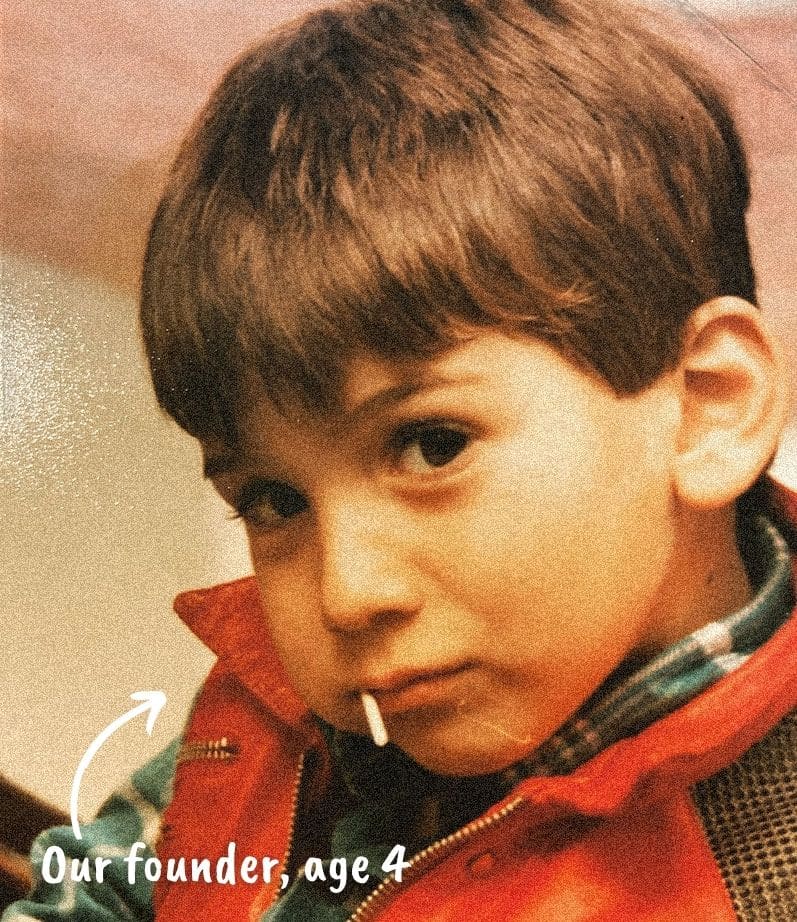Oops, That Happened: How to Apologize to Your Customers
by Rachel Pluck
Insights / Digital Marketing /

Let’s face it — saying sorry isn’t easy.
Unfortunately, apologizing is a regular part of running a business. You can’t please everyone all the time, and when it comes to customers, you’re going to have to smooth things over every once in a while.
Whether it’s something small like a botched order or a late product delivery or something much more impactful like an inappropriate advertising campaign that’s already been viewed by millions across the globe, you’re going to need to issue a sincere apology.
Figuring out what to say can be difficult, especially if you don’t have a strategy in place for effectively apologizing to your customers.
Don’t be caught unprepared the next time your company makes a mistake. Plan ahead to offer a genuine apology that your customers will appreciate.
Apologies come in all shapes and sizes
This one worked
Remember when Taylor Swift publicly boycotted Apple in 2015? Swift spoke out against the brand for not paying artists for music streamed during a customer’s one-month free trial period.
An Apple exec took to Twitter to make things right to the tune of nearly 30,000 retweets from two simple, yet sincere apology tweets.
Post-apology, Swift starred in an Apple commercial — that apology definitely came in handy!
This one didn’t
After being accused of sexual misconduct in December, celebrity chef Mario Batali sent out an email apology to his subscribers.
He wrote:
I have made many mistakes and I am so very sorry that I have disappointed my friends, my family, my fans and my team. My behavior was wrong and there are no excuses. I take full responsibility.
While Batali accepted responsibility (albeit only apologizing for disappointing his community, not actually apologizing for his actions), his apology rang hollow when the P.S. at the end of his email offered a holiday recipe for cinnamon rolls.
The backlash was swift. Yikes!
Ready to learn how to apologize the right way? Follow these tips and get your business back in your customer’s good graces in no time.
Slow down! Listen first, apologize after
In the midst of an emerging crisis, there is often a lot of pressure to react quickly.
Don’t get me wrong — issuing a statement urgently after a problem arises is extremely important, but it’s even more crucial to first listen to your customers and actually understand their concerns before apologizing.
In many cases, all a complaining customer wants is to be heard and understood.
Take the time to speak directly to the complaining customer(s) or read what they’re saying about your brand on social media so you and your team can craft the best response.
Don’t just assume that you know why they’re upset or what they want to hear.
Make sure it’s sincere (Avoid the “non-apology”)
When you’re ready to issue your formal apology, be sure to avoid using language that places the blame elsewhere, especially back onto the customer.
In other words, don’t say things like:
- I’m sorry you feel that way
- I apologize if you were offended
- Mistakes were made by all parties involved
It feels natural to go on the defensive when someone is calling you out for a wrongdoing, but remember: If your apology doesn’t sound sincere, you may as well not have issued a statement at all.
Take ownership of the problem
An important part of making sure your apology is sincere is to accept fault, even if you personally are not responsible. As a representative of your brand, you must acknowledge where things went wrong or could have been handled better on your end.
By taking responsibility, customers can clearly see that you take their concerns seriously and will take appropriate actions to rectify the situation.
Provide an explanation
In addition to saying, “I’m sorry,” you should always take the opportunity to better explain why things have gone wrong or why a customer’s needs are not being met.
This is still not the time to hop on the defensive.
Always be careful to offer an explanation — not an excuse. Be 100 percent transparent and authentic about the problem and its reasoning, but be sure to accept some measure of blame so your apology doesn’t come across as phony.
Offer a solution
Although a sincere apology can work wonders when it comes to salvaging a relationship with a disgruntled customer, being able to offer them a potential solution (or two!) can help to soften the blow.
This may not be possible in every scenario, but if you take the time to try and figure out a way to resolve the problem, your customers will appreciate it.
Ask for forgiveness — don’t just expect it
Building trust with your customers after a mistake is going to be challenging, especially for those larger “oops” moments.
If you accidentally deliver the wrong product to a customer but offer to express overnight them the correct item at no cost, chances are they’ll forgive your mistake with little effort.
On the other hand, if your company Twitter shares an offensive message that is retweeted over 5,000 times, reaching 100,000+ users, your apology is likely going to take some extra finesse.
When issuing your apology, make a point to ask your customers for their forgiveness, making it clear how important their thoughts and opinions are to your brand.
How do you say sorry? Let us know on Twitter.
Photo by chuttersnap on Unsplash




